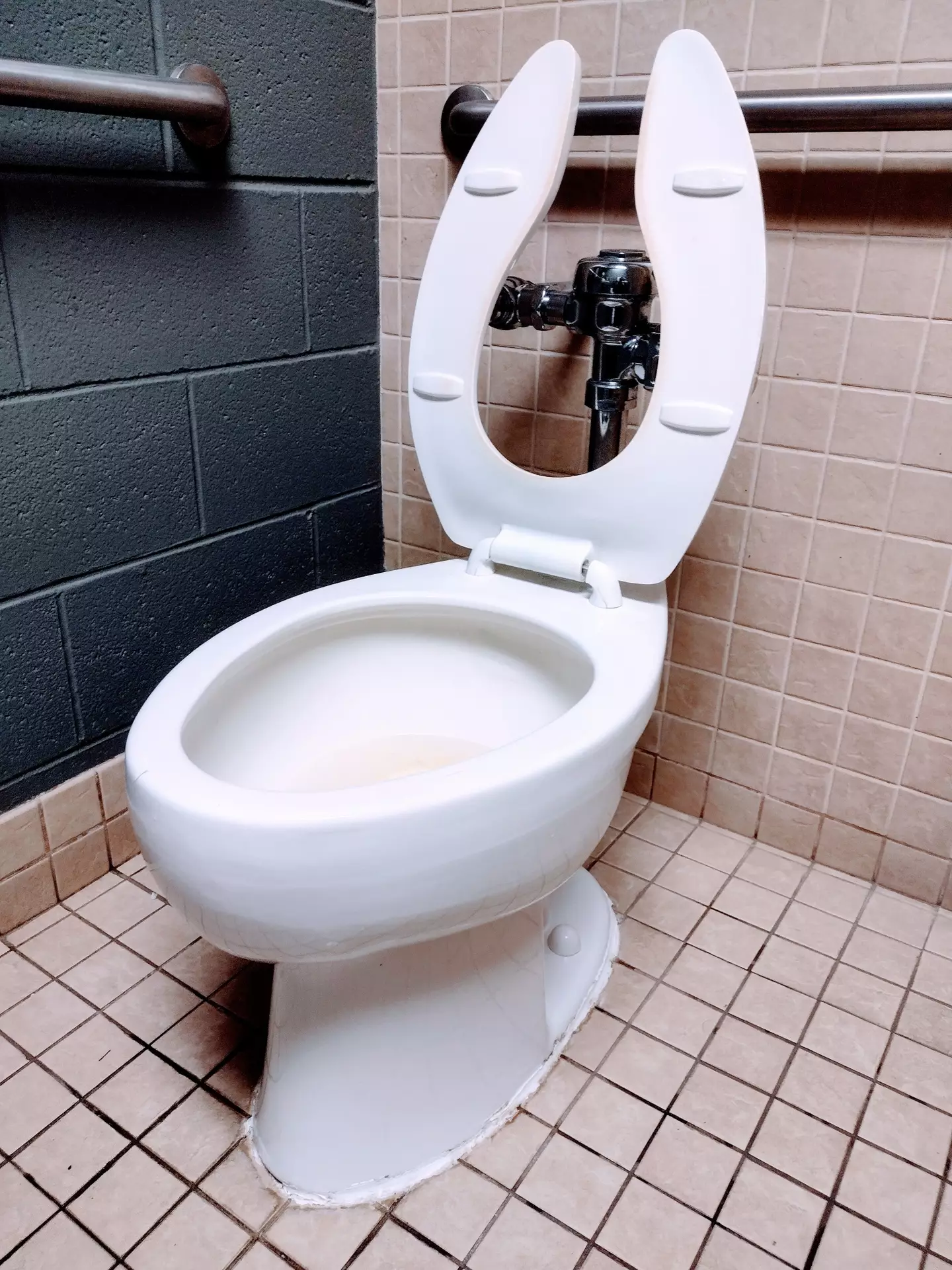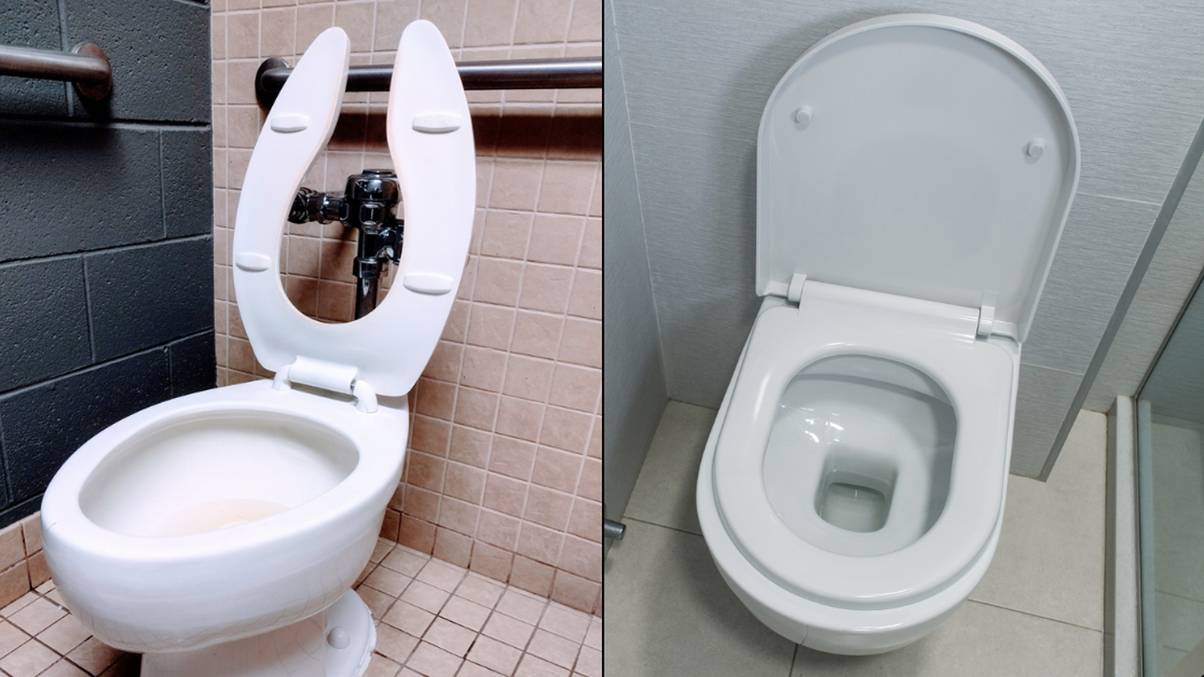“Unlocking the Secret: What Hidden Truths Lie Behind the Open-Front Toilet Seat?”
Have you ever found yourself in a public restroom, about to do your business, and noticed that strange U-shaped toilet seat staring back at you? It’s a puzzling sight, one that might momentarily distract you from your primary goal of, well, “evacuating the bowels.” While most toilet seats tend to sport an ovular design at home, the open-front variety seems to thrive in public loos, particularly in the good old US of A. But why the difference? Is it just about saving on plastic, or is there a hidden agenda designed to keep us from inadvertently coming into contact with what’s essentially a throne of germs? Strap in, because this is about to get both amusing and enlightening as we dive into the world of toilet seat designs and the surprisingly sensible reasons behind their shapes. A flush of humor and hygiene awaits! LEARN MORE.
Whenever you have cause to venture out to the loo you might notice that your toilet seat isn’t always the same shape.
It’s definitely not going to be your main concern as you’ll primarily be focused upon the evacuation of bodily waste from your bowels, but as you expel the pee and poo into the toilet bowl you might give the shape of the seat a passing consideration.
Most toilet seats you’ll encounter in your lifetime will be ovular, but occasionally your throne seat will have a U-shape with an open front.
You might also notice that toilets you encounter in people’s homes tend to have the complete oval, while the open front is normally seen in public loos.
If you’re across the pond in the US of A you might notice that open front toilet seats are even more prominent in public places, and it’s not all about cheaping out on the plastic.

Your toilet at home probably looks something like this (Getty Stock Image)
Over in the US in 1955 the American Standard National Plumbing Code (ASNPC) declared the codes that public toilets would have to abide by when providing seats.
They said: “Water closets shall be equipped with seats of smooth non-absorbent material.
“All seats of water closets provided for public use shall be of the open-front type.”
That’s how the open front toilet seat took off in the US, and in 1973 the International Association of Plumbing and Mechanical Officials (IAPMO) called for wider adoption of the U-shape seats.
Nobody’s forcing the world to make all public toilets like this but there are apparently some hygiene benefits that come with the shape.

You may be wondering why there’s a bit missing from the seat, it’s all for your hygiene (Getty Stock Image)
Nobody wants to come into contact with a toilet seat that’s known the imprint of a thousand sweaty bums and is cleaned only sporadically, so the open front design helps you come into contact with as little of the seat as possible.
IAPMO bigshot Lynne Simnick told Slate in 2013 that the gap in the front was to allow women ‘to wipe the perineal area after using the water closet’ with the lowest chance of their hands touching the toilet seat.
As far as hygiene is concerned both men and women benefit from the missing chunk as it’s a portion of the seat that’s not going to get soaked in errant sprays of urine or splashback from the toilet bowl.
The gap lets women clean their bits more easily and removes the bit a man’s dingle would most likely brush against when raising or lowering himself from the loo.
Given that the oval shape is more popular in homes as it’s likely more comfortable there’s an expectation that you can keep your own damn toilet clean enough.














